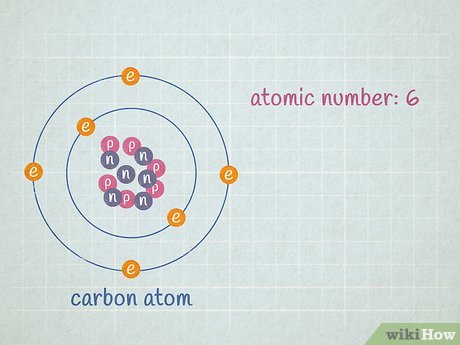How to calculate the yield

Introduction
Calculating the yield is a crucial aspect of investing, as it helps investors understand the return on their investments. Yield can be calculated for various types of investments, such as bonds, stocks, and real estate. In this article, we will delve into the different methods of calculating yield and provide step-by-step instructions to simplify the process.
Yield Types and Formulas
1. Bond Yield
Bond yield refers to the return an investor realizes on a bond. There are two primary types of bond yields: current yield and yield to maturity.
A) Current Yield:
Current yield is the annual income generated by a bond divided by its current market price. It is expressed as a percentage and provides investors with an idea of the bond’s annual return.
Formula: Current Yield = (Annual Interest Payment / Current Market Price) x 100
B) Yield to Maturity (YTM):
Yield to maturity provides a more comprehensive view of bond returns, as it takes into account not only the interest payments but also any loss or gain until the bond matures. This calculation is more complex than current yield and requires a financial calculator or spreadsheet software.
Formula: YTM = [(Face Value + Interest Payments) / n] / [(Face Value + Current Market Price) / 2]
2. Stock Yield
Stocks also have yields that provide investors with insight into their returns. The most common type of stock yield is dividend yield.
A) Dividend Yield:
Dividend yield is calculated by dividing the annual dividend payment per share by the current market price per share. It measures the income generated by stocks in relation to their market value.
Formula: Dividend Yield = (Annual Dividend per Share / Current Market Price per Share) x 100
3. Rental Property Yield
For real estate investors, calculating the yield for rental properties can provide valuable information regarding the profitability of their investments.
A) Gross Rental Yield:
Gross rental yield is calculated by dividing the annual rental income by the property’s current market value. This calculation does not take into account any expenses related to managing the property.
Formula: Gross Rental Yield = (Annual Rental Income / Property’s Current Market Value) x 100
B) Net Rental Yield:
Net rental yield offers a more accurate representation of rental property returns, as it factors in expenses such as maintenance, taxes, and insurance. To calculate net rental yield, subtract these expenses from the annual rental income and then divide by the property’s current market value.
Formula: Net Rental Yield = [(Annual Rental Income – Expenses) / Property’s Current Market Value] x 100
Conclusion
Understanding how to calculate yield for various investment types is essential for making informed decisions. By using these formulas, you can better assess your investments’ performance and make adjustments as needed. Always keep in mind that yields can change over time due to market fluctuations and other external factors, so regular monitoring of your investment portfolio is necessary for continued success.






